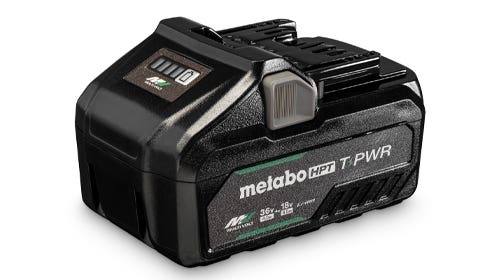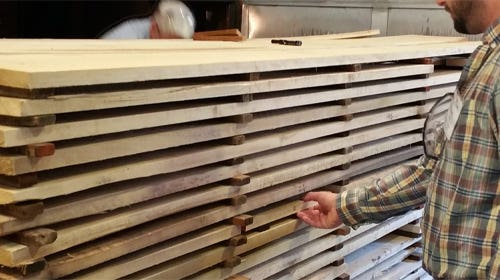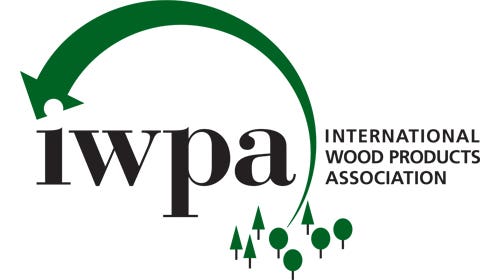Forest report dim for Colorado, Wyoming
The U.S. Forest Service and Colorado State Forest Service released less-than-encouraging results in January of its annual forest health aerial survey. It revealed three insect and disease conditions of concern…
The U.S. Forest Service and Colorado State Forest Service released less-than-encouraging results in January of its annual forest health aerial survey. It revealed three insect and disease conditions of concern on forested lands in the state.
The spread of the mountain pine beetle in Colorado from 2007-2008 affected an additional 400,000 acres, bringing the total number of acres impacted to nearly two million since the outbreak was first detected in 1996. The majority of the trees affected are lodgepole pine and ponderosa pine.
Spruce beetle infestations are also a concern statewide and were detected on 64,000 acres in southern Colorado. The decline of large aspen groves has been an ongoing problem and the survey detected tree mortality and damage on 542,000 acres.
Legislation introduced and passed by Colorado’s state legislators and congressional delegation has directed funding to accomplish priority projects that help protect lives and property and improve forest health.
“Forest health restoration and fire risk reduction are priorities for the Colorado State Forest Service, and the aerial survey helps us determine where to focus resources to most effectively achieve those priorities,” said Jeff Jahnke, state forester and director of the Colorado State Forest Service, in a news release. “The aerial survey also is a major tool in the development of the annual report on ‘The Health of Colorado’s Forests,’ which is used to inform forestry legislation in Colorado.”
The U.S. Forest Service and Wyoming State Forestry Division announced the results of its 2008 annual aerial survey Jan. 15 in Cheyenne, Wyo. The results revealed that the mountain pine beetle infestation has increased by more than 400,000 acres since 2007, bringing the total to 1.2 million acres impacted statewide.
In addition to the mountain pine beetle epidemic, the spruce beetle, Douglas-fir beetle and western balsam bark beetle are causing concern for foresters throughout Wyoming.
In Wyoming, some actions have been taken in the hardest-hit areas including preventative spraying of pine trees for safety and aesthetic purposes in recreation sites, removal of hazard trees in recreation sites, fuel treatment addressing potential fire hazards, and timber salvage to produce lumber, wood pellets for heating, and firewood from beetle-killed trees.
The Forest Service and the state agencies conduct an aerial survey each year to observe trends in insect and disease conditions on forest lands.
“Mitigating the impacts from the bark beetle epidemic continues to be one of the top priorities of the Forest Service,” says Rick Cables, Rocky Mountain Regional Forester for the U.S. Forest Service. “A strong and coordinated effort among all of those impacted by this infestation is the only way to address an epidemic of this size and severity.”
This article originally appeared in the March 2009 issue.






